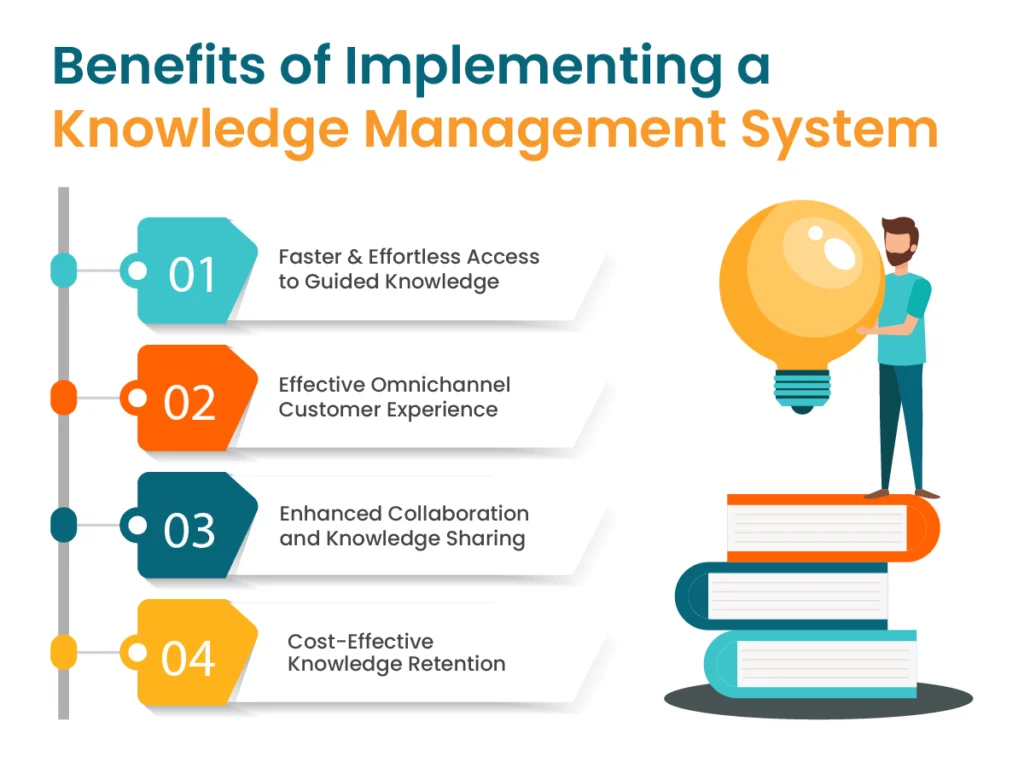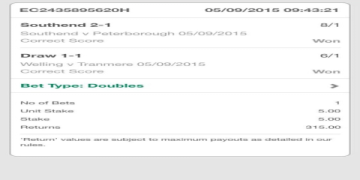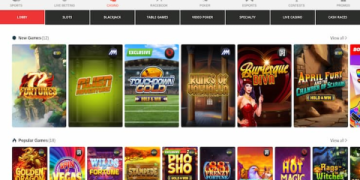Alright, let’s talk about my journey with building a web-based knowledge management system. It wasn’t a smooth ride, but it was definitely a learning experience.
Setting the Stage
I started with a simple goal, I wanted to create a system where I could store, organize, and easily access all the random bits of information I come across. I had tons of bookmarks, notes, and documents scattered all over the place, and I needed a way to bring them all together.
Identifying the Needs
First things first, I needed to figure out what exactly I wanted this system to do. I made a list of my needs:

- Store different types of content – articles, notes, snippets, etc.
- Organize information in a logical way.
- Search through my knowledge base quickly.
- Access it from anywhere.
The Building Process
So, I rolled up my sleeves and got to work. I decided to go with a web-based approach because I wanted to access my knowledge base from any device. I started by setting up a basic web server. Then, I needed a way to store the data. After some trial and error, I settled on using a database.
The Challenges
It wasn’t all smooth sailing. I ran into a bunch of challenges along the way. The biggest one was figuring out how to organize the information effectively. I experimented with different tagging systems, folder structures, but nothing seemed to click. Also, building the search functionality was a real pain. I wanted it to be fast and accurate, but it took a lot of tweaking to get it right.
Creating the Solution
After a lot of trial and error, I finally managed to put together a system that worked for me. I designed a simple web interface where I could add new content, tag it, and organize it into different categories. I also implemented a search bar that allowed me to quickly find what I was looking for.
The Result
It was a lot of work, but in the end, it was totally worth it. Now, I have a centralized place where I can store all my knowledge. I can access it from my computer, my phone, or any other device. It’s made a huge difference in my productivity and has helped me stay organized.
It’s not perfect, and I’m sure I’ll keep making tweaks and improvements, but for now, it’s a pretty solid system that does what I need it to do. I guess the main takeaway is that building a knowledge management system is a personal journey, and you really have to figure out what works best for you.
























